Performance Analysis
The gamut results here are fine – just what we'd expect. Contrast measures surprisingly high, especially for a TN panel, so no complaints there, although a minimum brightness level of 140cd/m2 certainly isn't ideal given that recommended long-term use is 120cd/m2. That said, we did later get a reading this low, but still only with a brightness setting of 4 out of a possible 100. The default white point reading is a touch warm at 6,200K, but again it's a decent enough result.
Colour accuracy isn't bad since the average delta E remains just under 3, but we have seen better results, even from budget screens. The gamma curve is close to the ideal, though, so that's a positive, and the 1.8 and 2.6 gamma settings live up to their namesakes if you need them.

The G2530HSU has a mid-table result for colour uniformity and a poorer result for luminance uniformity with a distinctly brighter lower section than upper. It's not a professional screen, however, and the results aren't awful, especially for a result that won't be important to most users.
Taking a more subjective approach, we found that backlight bleed was well managed and not an issue. Our test pictures looked fine, with no awkward colours or skin tones and a satisfying level of contrast. This being a typical TN panel, however, the viewing angles are not very good, and this makes the lack of physical adjustments feel more like an issue.
Firing up some games, it's as always a bonus having FreeSync. You will want to make sure you're playing games with a minimum of about 50fps to take full advantage of the range available here. That said, FreeSync definitely has some impact below 48fps, as locking our frame rate to 45fps, there was still a clear difference between FreeSync on and FreeSync off. Ghosting was not much of a problem here at the default Overdrive setting of 0, but ratcheting things up a notch or two saw reverse ghosting effects, so it's best left as it is. Input lag was not detectable, at least not by our non-professional gaming hands.
This isn't a screen we can see many people calibrating, but for what it's worth, we did reign in colour accuracy a lot when doing so, getting a new average delta E value of just 1.17. Test images looked more accurate and deeper as a result although still not perfect.
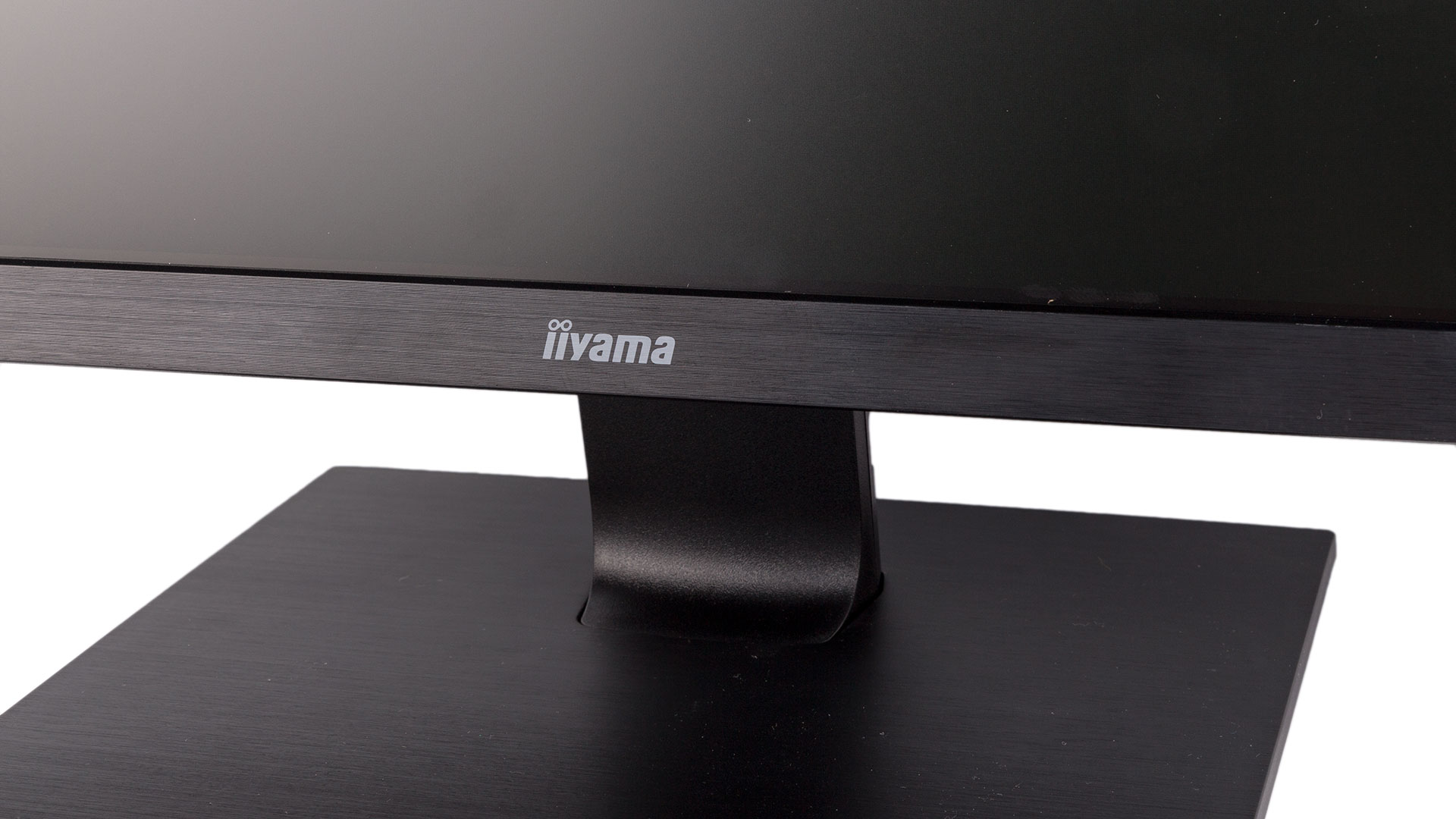
Conclusion
Value is the name of the game here, and while there are numerous 24” 1080p panels that are less expensive, we couldn't find any that carried a lower cost than this one. We've long touted the benefits of variable refresh rate technology for gamers, but G-Sync (and even FreeSync panels a lot of the time) are expensive, so the G2530HSU is a refreshing change – it's without doubt one of the least expensive means of obtaining a more pleasant gaming experience, and for that it deserves credit.
There are certainly sacrifices, however. The lack of height adjustment, high minimum brightness, hard-to-access and slow USB hub, and the relatively narrow FreeSync range all spring to mind and mean that we can't outright recommend this. Even so, with FreeSync support, a slightly higher than normal refresh rate, a low response time, and well-managed ghosting, the G2530HSU-B1 is nevertheless a screen that's well catered to gamers shopping on a budget.

MSI MPG Velox 100R Chassis Review
October 14 2021 | 15:04

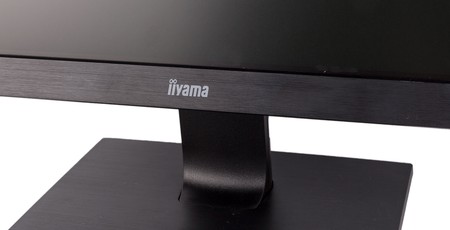
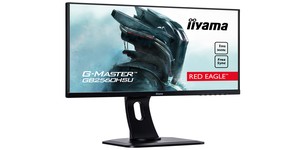
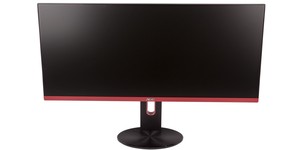
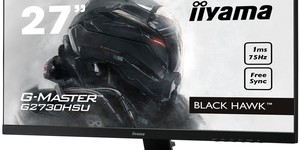




Want to comment? Please log in.